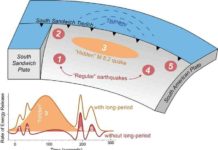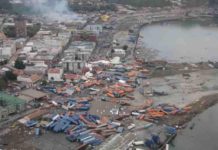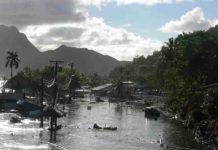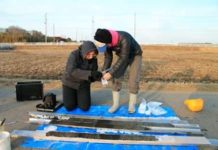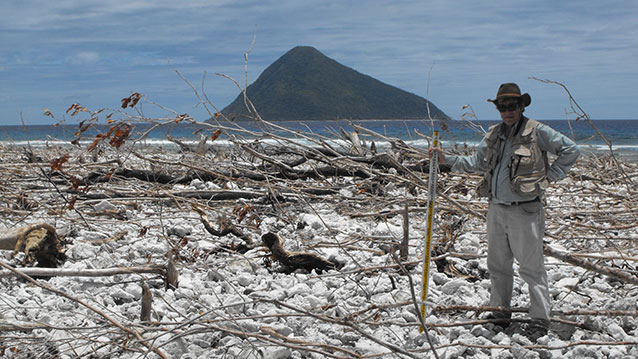
The world may not be well prepared for the next significant tsunami, reports Northwestern University tsunami expert Emile A. Okal in a new study that includes a “wisdom index” for 17 tsunamis since 2004.
The 2004 Sumatra-Andaman tsunami was the most devastating in recorded history, killing more than 225,000 people, including thousands of tourists. In his review of that event and 16 other significant tsunamis since then, Okal used the concept of a “wisdom index” to grade the performance of scientists, decision-makers and populations at risk. The index was based on the warning issued (or not) during the event and on the response of the population.
Okal found mixed results as to how much wiser people have become about these natural events and how to reduce their impact.
“We cannot foresee how well we will be doing in the next tsunami,” said Okal, a seismologist and professor of Earth and planetary sciences in the Weinberg College of Arts and Sciences. “I found that mitigation of these 17 tsunamis was rather erratic — there is not sustained improvement with time, nor a clear correlation of the wisdom index with the geographic location of the tsunami source.”
In his paper, Okal reflects on the progress made since the catastrophic event of 2004 in various aspects of tsunami science, warning and mitigation and more generally in tsunami resilience, i.e., the preventive adaptation of communities to this form of natural hazard.
“The Quest for Wisdom: Lessons From Seventeen Tsunamis, 2004-2014” was published Sept. 21 by the journal Philosophical Transactions of the Royal Society A.
In addition to the mixed “wisdom indices,” the key results of Okal’s study are:
- Education is important. “One thing is clear, saving human lives is easier when individuals are educated to the risks in question,” he said. “Education, in all its forms — formal, classroom, drills, ancestral — works.”
- Substantial progress has been made in terms of controlling tsunami hazard in the “far field” (a tsunami that originates from a source greater than 1,000 kilometers, or 620 miles, away). Only a handful of deaths have occurred in far field tsunamis since the 2004 Sumatra tsunami.
- The major challenge remains the so-called “tsunami earthquakes,” events which are not strong enough to alarm the population at risk, yet have considerable tsunami potential.
- Some paradigms which led scientists to think that mega-earthquakes occur only in certain geological environments — featuring young and fast tectonic plates — had to be revised or abandoned. “For lack of a better understanding, scientists must now assume that mega-earthquakes may occur at any subduction zone,” Okal said. (A subduction zone is where one tectonic plate sinks below another.)
Okal stresses the importance of incorporating any new knowledge into tsunami warning procedures and public awareness.
“In this day and age of professional and leisure travel, the general public worldwide should be aware of tsunami risk,” Okal said. “The 2004 Sumatra event was the most lethal disaster in the history of Sweden. The country lost about 500 tourists on the beaches of Thailand.”
Okal said his research was strongly influenced by his 20-year collaboration with Costas Synolakis, director of the Tsunami Research Center at the University of Southern California.
In a separate article in the same issue of the journal, Synolakis critically assesses the 2011 Fukushima Nuclear Power Plant accident in Japan and concludes it was due to the cumulation of a number of scientific, engineering and management blunders that could and should have been prevented.
Reference:
Emile A. Okal. The quest for wisdom: lessons from 17 tsunamis, 2004–2014. Philosophical Transactions of the Royal Society A: Mathematical, Physical and Engineering Sciences, 2015; 373 (2053): 20140370 DOI: 10.1098/rsta.2014.0370
Note: The above post is reprinted from materials provided by Northwestern University. The original item was written by Megan Fellman.






